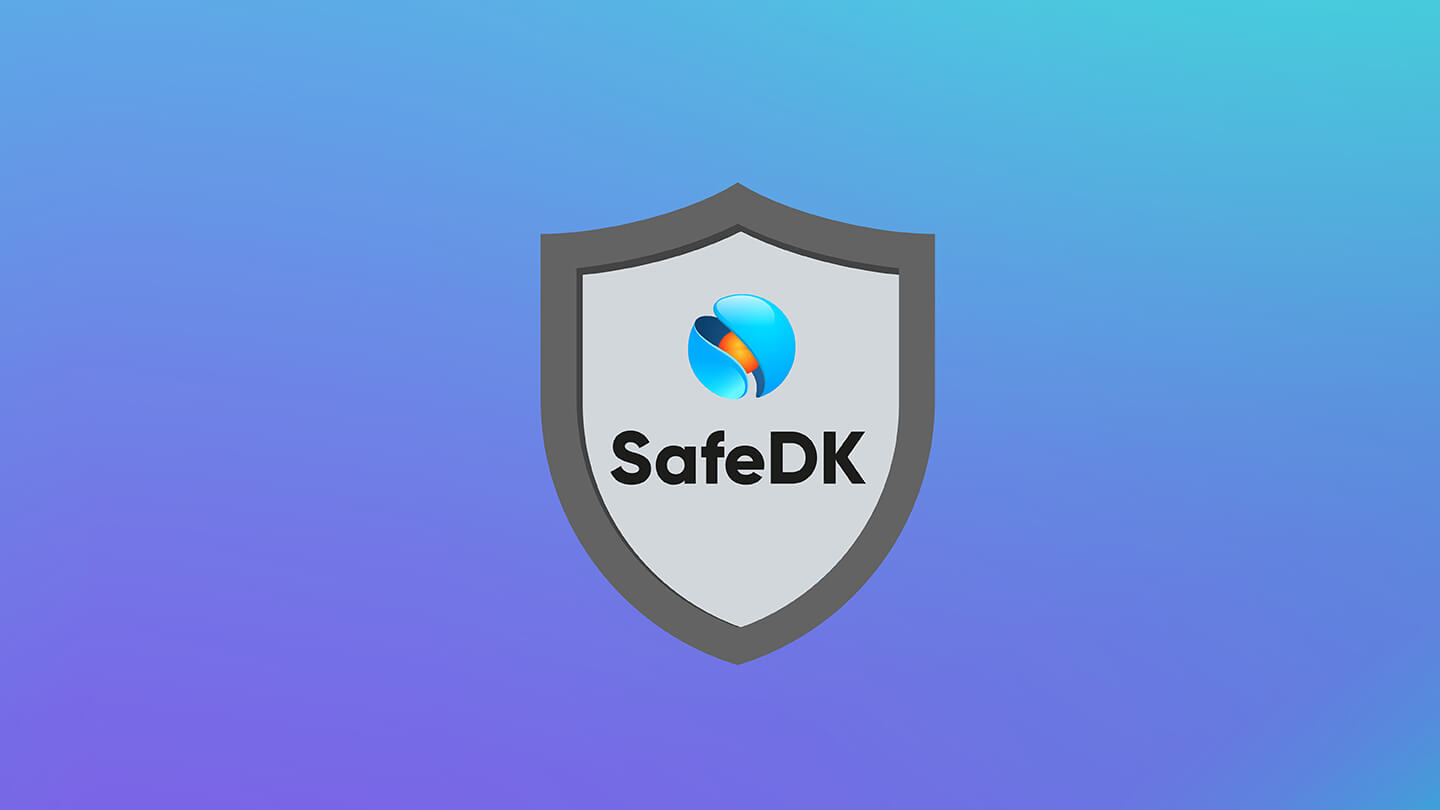Brand Safety
Protecting Brand Safety with Experts From Brainium and Zynga
Feb 29, 2020

Brand Safety

At the beginning of the year at Amplify Tokyo, we had the opportunity to learn from two leading publishers, Zynga and Brainium, on what they care about most when it comes to creating quality ads, the tradeoffs between a positive user experience and showing ads, and how they use SafeDK to ensure brand safety.
Matt Frankenstein, Sr. Manager, Advertising Partnership and Operations at Zynga, shared the company’s guiding principle is “What will our players thank us for?” They want users to be focused on game play and interactions. Both Zynga and Brainium use ads to monetize their apps which support free gameplay and help support their player-first approach.
“We feel like the worst thing you can do to your game is create something beautifully polished and thoughtful, and then ruin that entire experience with bad ads,” said Michael Chronister, Operational Manager at Brainium, echoing Matt’s sentiment.
The idea for SafeDK came from our experience in the mobile industry. My co-founder, Orly Shoavi, and I saw that finding the right third-party SDKs for mobile apps and ensuring ad quality was a challenge. We wanted to create a place where you could see inside the blackbox of SDKs and find out what ads are being seen on your app in real time to solve issues like: Who is crashing your app? slowing it down? or even accessing private user information?
Later on, we added an ad monitoring solution. We were surprised to see that even though more than 80% of mobile publishers monetize with ads, most don’t actually know what kind of ads are running in their apps. As Michael and Matt mentioned, we believe there shouldn’t be a tradeoff between user experience and showing ads — and SafeDK provides full transparency into the ads that users see.
Previously, publishers couldn’t determine which ad network was serving bad ads, which could occasionally sneak through the cracks. Publishers weren’t able to determine the networks responsible for the bad ad served, so it couldn’t be blocked. All app publishers face this issue, and Michael from Brainium explained that the lag in time before they were alerted to these ads was the true problem. Only after thousands of impressions — leading to user complaints, bad reviews, and lower store rating — did Brainium find out they had an issue with a specific ad. Michael explained, “Now that we have SafeDK, we get an email if an ad has five impressions. We can catch a lewd ad at five impressions instead of 50,000 — meaning we could shift our strategy from being reactive to proactive.”
During the panel, Matt from Zynga shared that he received user complaints about ads via the app store or through an internal user reporting tool, but didn’t have a clear way to trace the original source of the ad. That’s where SafeDK’s User Journey solution began — ensuring user’s positive ad experience and reducing unresolved user complaints.
“Now, when we have a timestamp for a user complaint, we can see the history of the ads this user has been served, and determine which ad was causing the redirect to the unwanted site,” said Matt.
All panel participants agreed that previously, finding bad ads that are served in an app felt like trying to locate a needle in a haystack. Michael from Brainium explained that before SafeDK, you would never find the needle. Like Zynga, Brainium is also using SafeDK’s User Journey to make sure all user complaints are tackled and resolved successfully.
SafeDK developed a unique, patented technology to monitor SDKs’ performance and stability — capturing the ads being shown to end users, including their source. SafeDK tracks the quality of the ads that are captured, and all creatives go through its in-house AI machine which gives each creative a “score” based on its probability to contain adult content. Then, our manual reviewers check the ads sorted by this score and mark each ad as inappropriate or buggy, in accordance with the specific policy of the publisher. After this manual review, the reviewed creatives become new data utilized to retrain the AI machine and increase accuracy. We’ve already introduced over ten AI models, improving the results based on the enormous ad data that is captured by our solution.
Brainium and Zynga are not only interested in preventing adult content — they also attempt to block political, violent and competitive ads. With SafeDK’s watchlist, publishers receive an email alert if blacklisted items appear in their app, making it easier to monitor and react as soon as it happens.
SafeDK also solves stability issues.
“SafeDK is great because it has a monitoring tool where it can attribute crashes or latency issues to an SDK. Then, we can send crash logs to the ad networks to get greater visibility into what might be causing the problem and actually get to a resolution faster,” said Michael from Brainium.
The entire panel confirmed that having insight and transparency into what ads are being used as a publisher and ad network is really a win-win situation.
“SafeDK allows us to hold networks accountable for what they are selling and serving, which goes back to our mutual goal of providing the best experience to end users,” said Matt. “SafeDK helps the networks clean up their ad inventory, and we are seeing more networks and publishers hold themselves accountable for their ads by taking violations very seriously.”